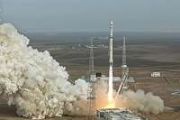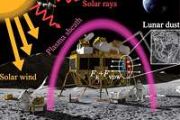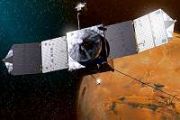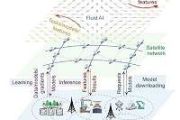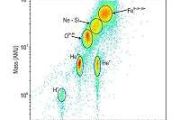Displaying items by tag: plasma
Alta SpA
Alta is a leading European small company in the aerospace propulsion sector. We operate in research and development on space electric propulsion, chemical propulsion andaerothermodynamics. Our company provides testing services, high vacuum systems and facilities and space systems design and computational simulation tools. With a successful record of technology transfer cases, we are also active in the energy and industrial plasma sectors.
With propulsion systems suited to a variety of missions - from interplanetary probes to low-cost microsatellites - Alta covers the broadest EP technology range among European companies. Alta’s researchers and engineers make up the largest and most experienced European R&D team working on EP, with know-how and capability in all EP application fields.
- Hall Effect Thrusters
- MagnetoPlasmaDynamic Propulsion (MPD)
- Field Emission Electric Propulsion (FEEP)
- Resistojet Propulsion
- Diagnostics for Electric Propulsion
Alta’s excellence in Electric Propulsion (EP) technologies is demonstrated by a long record of achievements:
- 1974: first European Pulsed Plasma Thruster
- 1980: first European quasi-steady Magneto-Plasma-Dynamic Thruster
- 1994: first European Hall Effect Thruster
- 1999: first integrated FEEP micro-thruster
- 2001: first European high power Hall Effect Thruster
- 2004: first European miniaturized Hall Effect Thruster
- 2005: largest European electric propulsion testing facility
WIND spacecraft
The Global Geospace Science (GGS) WIND satellite is a NASA science spacecraft.
It was launched at 04:31:00 EST on November 1, 1994 from Cape Canaveral Air Force Station (CCAFS) in Merritt Island, Florida aboard a McDonnell Douglas Delta II 7925-10 rocket.
It was deployed to study radio and plasma that occur in the solar wind and in the Earth's magnetosphere before the solar wind reaches the Earth. The spacecraft's original mission was to orbit the Sun at the L1 Lagrangian point, but this was delayed when the SOHO and ACE spacecraft were sent to the same location. WIND has been at L1 continuously since 2004, and is still operating as of December 2012. WIND currently has enough fuel to last roughly 60 years at L1. WIND continues to produce relevant research.
WIND was designed and manufactured by Martin Marietta Astro Space Division in East Windsor, New Jersey. The satellite is a spin stabilized cylindrical satellite with a diameter of 2.4 m and a height of 1.8 m.
The primary science objectives of the Wind mission are:
- Provide complete plasma, energetic particle and magnetic field for magnetospheric and ionospheric studies.
- Investigate basic plasma processes occurring in the near-Earth solar wind.
- Provide baseline, 1 AU, ecliptic plane observations for inner and outer heliospheric missions.






